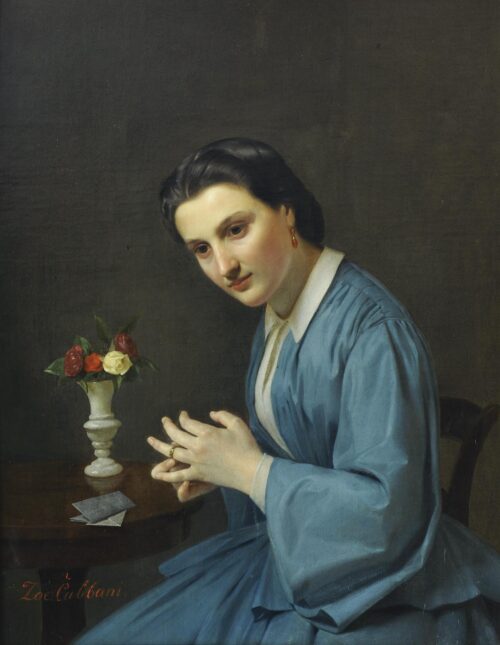
Kounelakis Nikolaos (1829 - 1869)
Portrait of Zoe Kambani, ca 1862
At an early age he fled with his family to Odessa because of persecution by the Turks, and then to St. Petersburg, a large artistic center during that period, where he enrolled at the Academy of Fine Arts. In 1857 he travelled to Rome and Venice to familiarize himself with the great painters of the Renaissance, finally settling in Florence where he remained and worked until 1867. There he met and married Zoe Kambani, who died a year after the wedding, however, from tuberculosis. Having also fallen victim to the same disease, he was forced to quit Florence and go to Egypt which had a warmer climate. During the journey, on which he passed through Athens, he visited the Acropolis. In any case, his name is mentioned for the first time in 1878 in the Greek magazine Εστία (Hestia), according to which his mother-in-law, Euphemia Kambani, donated seven of his works to the Gallery at the Art School. Nevertheless, the Greek public was very late in recognizing his work, not until the exhibition at the Society of Music Devotees in 1895. Works of his were also shown at the exhibition of the Society of Art Devotees in 1900 and in 1915 the National Gallery exhibited “The Painter’s Family” at the Zappeion Hall. This work was also presented at the exhibition of the League of Greek Artists in 1917 as well as all the exhibitions organized by the National Gallery at the Zappeion Hall. In 1908 Kimon Michaelidis published an exhaustive article on the artist in the Greek magazine Παναθήναια (Panathinaia) and it appears that he was recognized in Florence as well since one of his self-portraits is at the Uffizi Gallery in the city and a head of an old lady is in the Museo Civico in Padua. Kounelakis’ painting includes portraits, religious subjects and mythological scenes.
Having studied the art of the Renaissance, as well as the works of the French classicists from the end of the 18th and the beginning of the 19th century, he combined Renaissance classical structure, measure and harmony with faultless draughtsmanship and the melancholic rendering of figure common to French art, while in the depiction of mythological scenes a definitive role was undoubtedly played by his acquaintance with the work of Dominique Ingres.

Portrait of Zoe Kambani, ca 1862
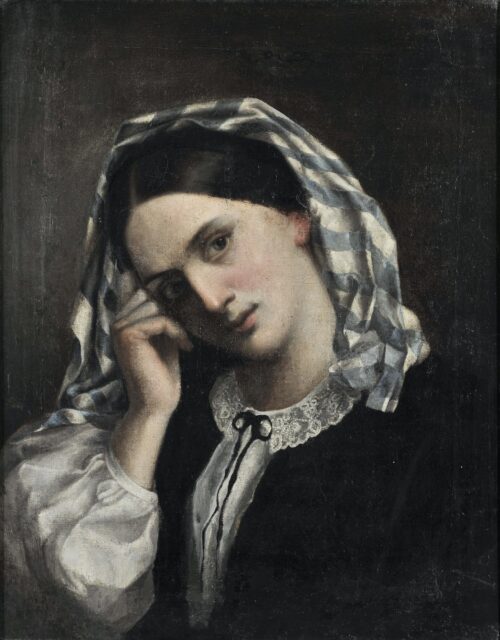
Portrait of Woman
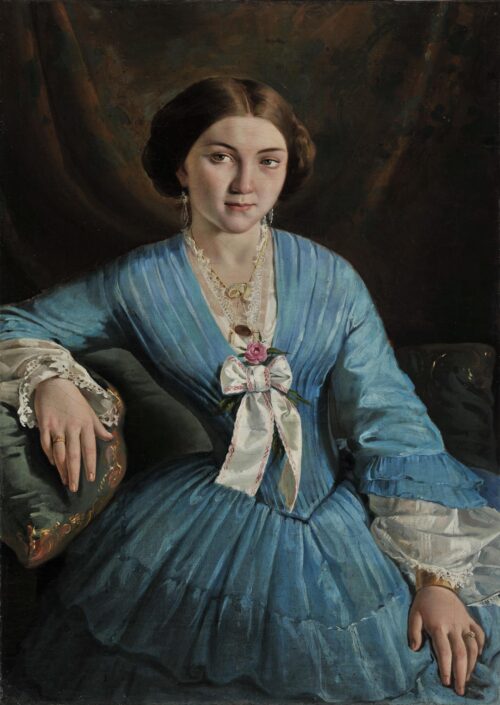
Portrait of a Young Woman in a Light Blue Dress
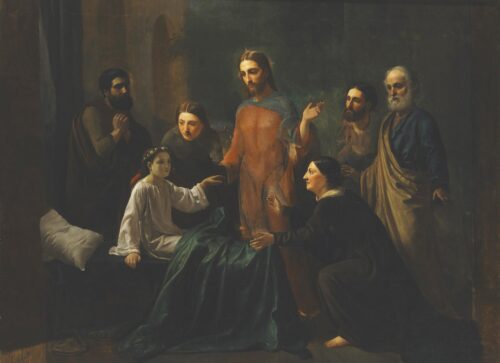
The Resurrection of the Daughter of Jairus
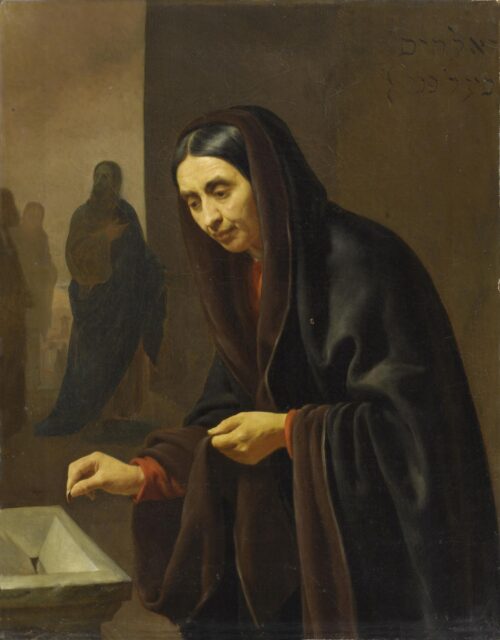
The Widow’s Pittance
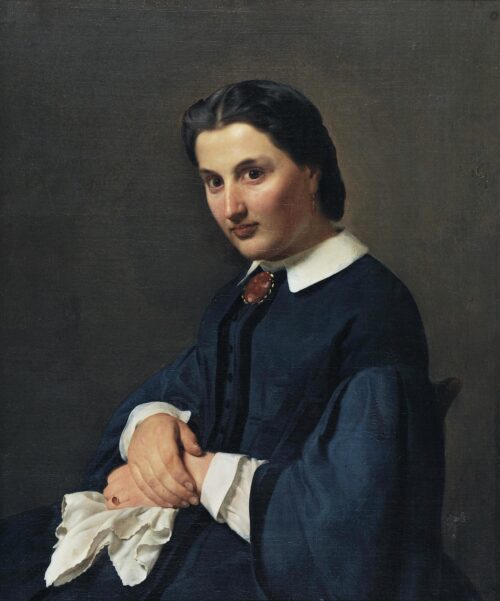
Portrait of Woman
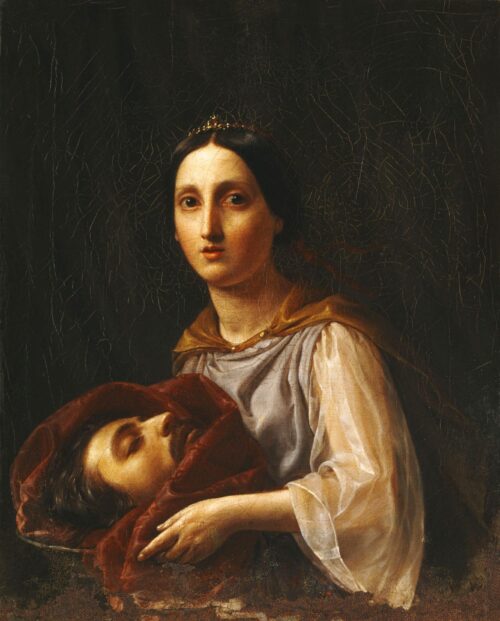
Salome
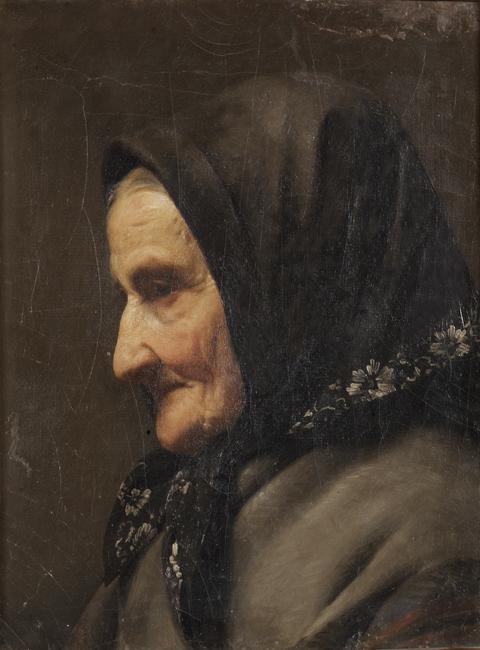
Old Woman’s Head
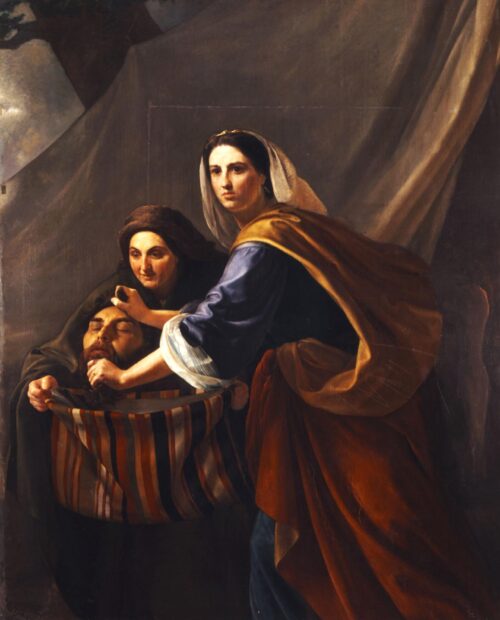
Judith and Holofernes, ca 1865-1867
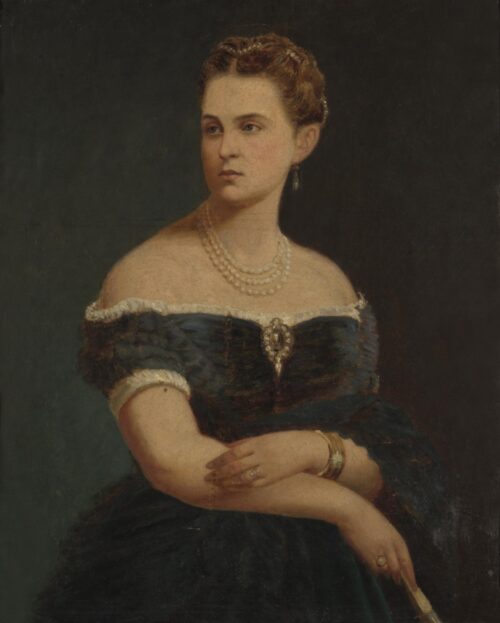
Oil Study for Queen Olga’s Portrait
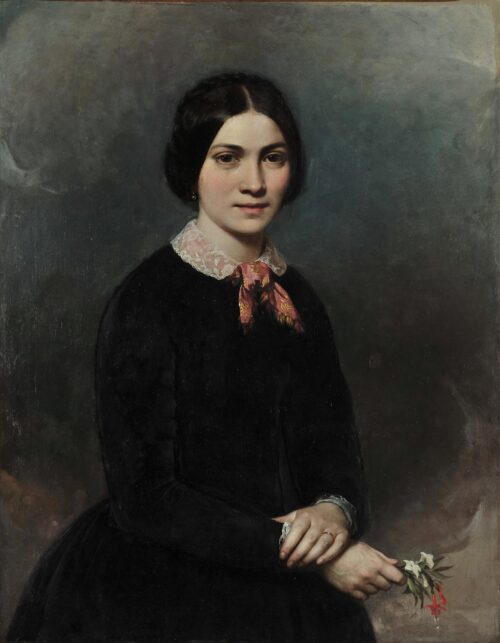
Lady with Flowers in her Hand
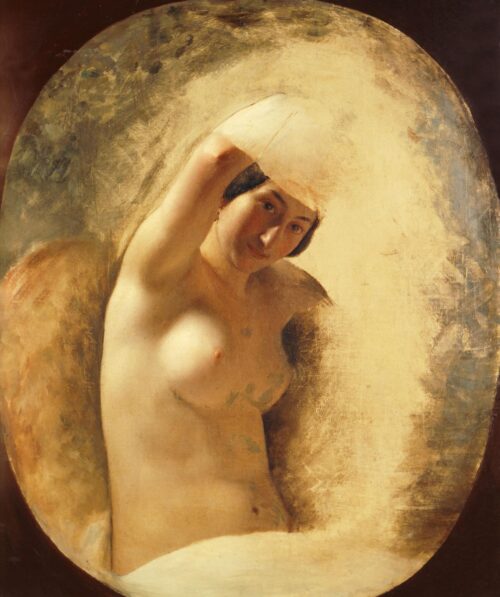
Woman Undressing, before 1858
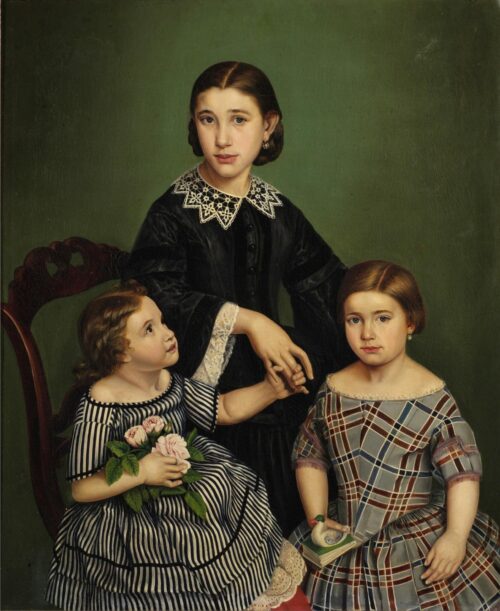
Three Sisters of the Myntzanidis Family
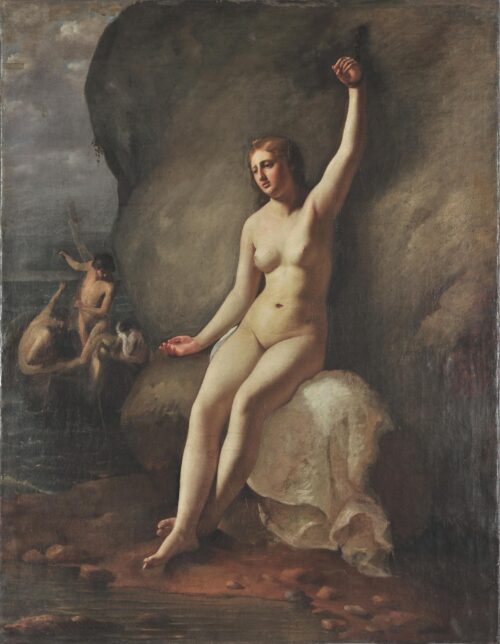
Andromeda Bound to the Rock
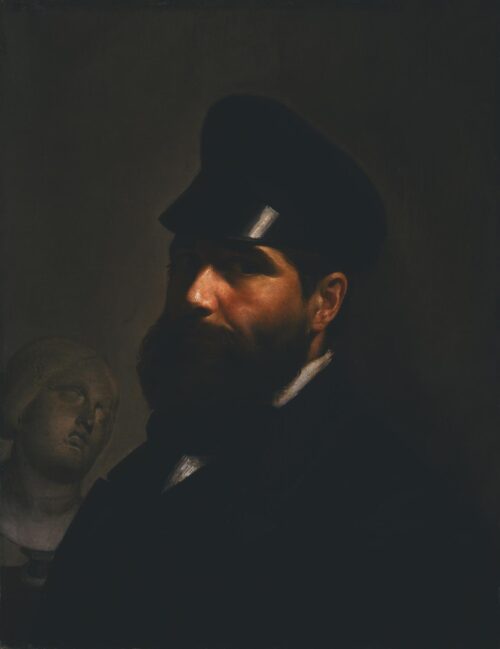
Self-Portrait, ca 1860-1862
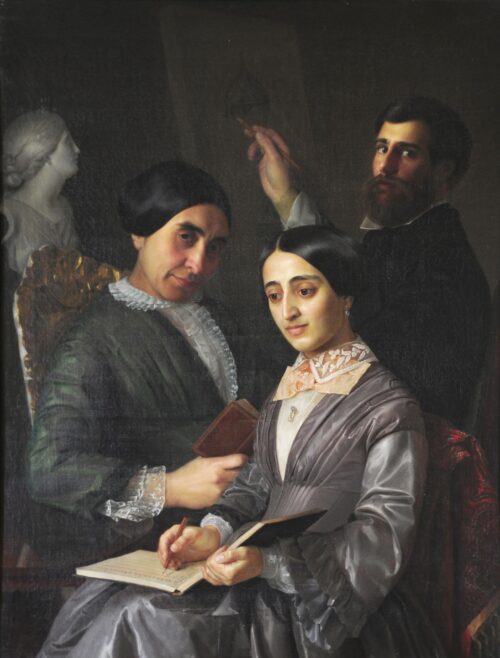
The Artist’s Familly – Allegory of the Fine Arts and Liberal Arts, 1864-1865

We use cookies to make our site work properly, to personalize content and ads, to provide social media features and to analyze our traffic. We also share information about how you use our site with our social media, advertising and analytics partners. Read the Cookies Policy.
These cookies are necessary for the website to function and cannot be switched off in our systems. They are usually only set in response to actions made by you which amount to a request for services, such as setting your privacy preferences, logging in or filling in forms. You can set your browser to block or alert you about these cookies, but some parts of the site will not then work. These cookies do not store any personally identifiable information.
If you disable this cookie, we will not be able to save your preferences. This means that every time you visit this website you will need to enable or disable cookies again.
These cookies tell us about how you use the site and they help us to make it better. For example these cookies count the number of visitors to our website and see how visitors move around when they are using it. This helps us to improve the way our site works, for example, by ensuring that users find what they are looking for easily. Our website uses Google Analytics for statistics reporting.
Please enable Strictly Necessary Cookies first so that we can save your preferences!